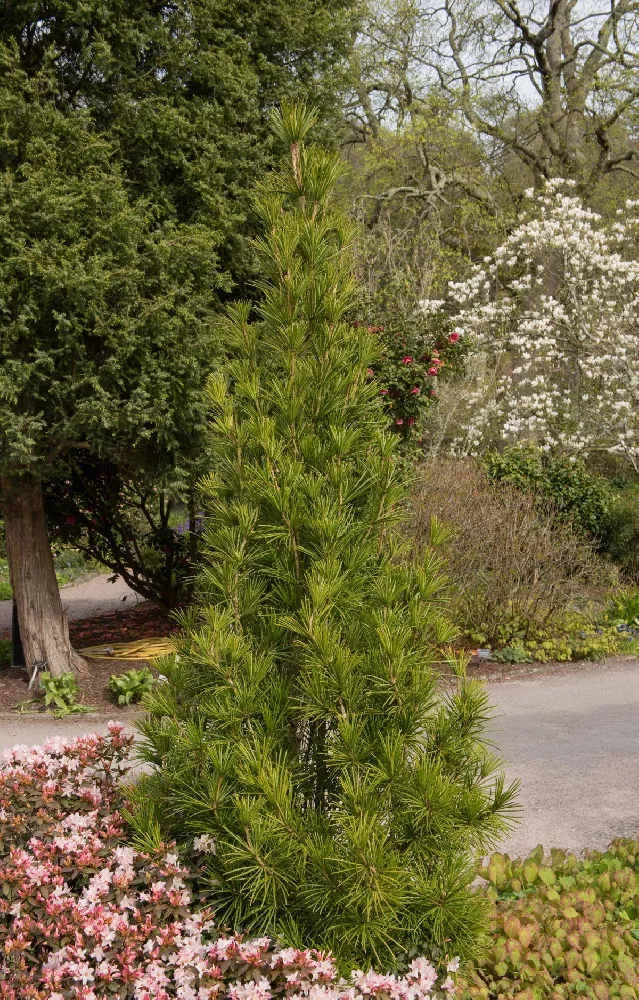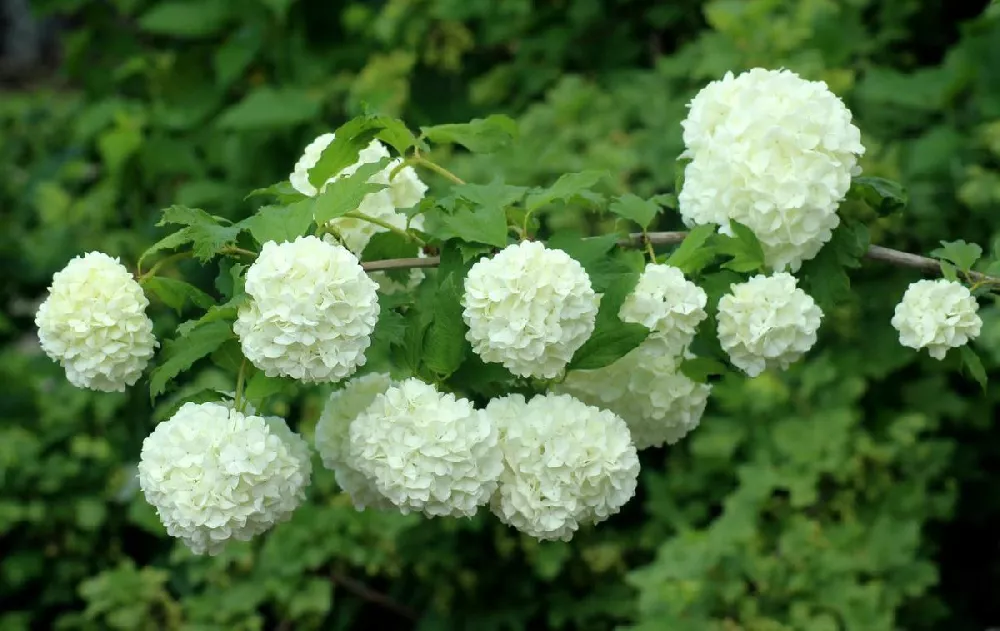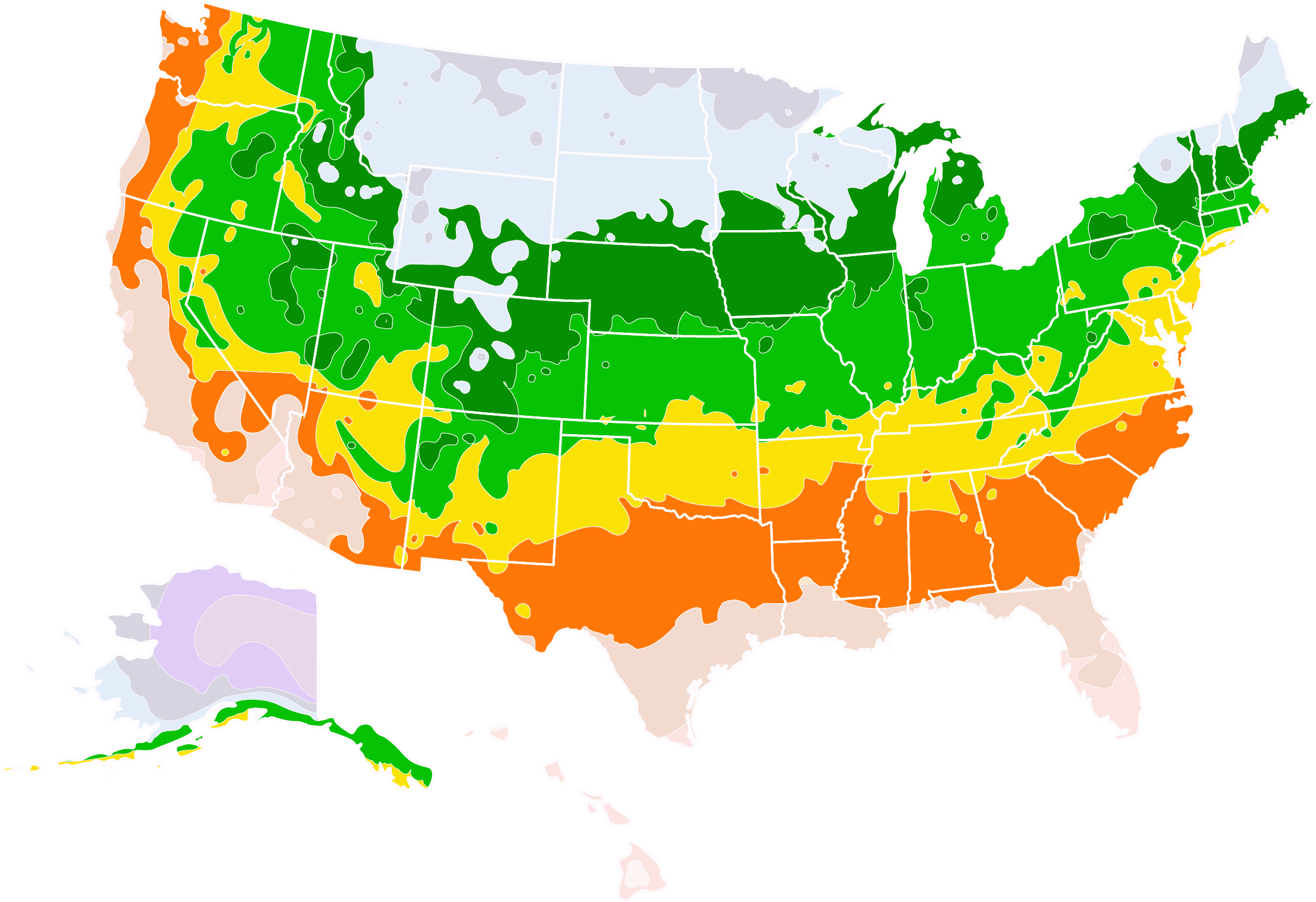- Home >
- Evergreen Trees >
- Japanese Umbrella Pine Tree
Japanese Umbrella Pine Tree for Sale - Buying & Growing Guide
If uniqueness is what you look for in a tree, the Japanese umbrella pine is sure to please you. This species, Sciadopitys verticillata, is a living fossil that has survived for more than 200 million years and has no close genetic relatives alive today. The tree is also impressive for its appearance, mainly due to its foliage. Also, the Japanese umbrella pine has two types of leaves. One type is tiny and scale-like, while the others are long needles arranged in an umbrella form at the end of each branch. These are some selling points for this tree:
- Existed for hundreds of millions of years and has no living relatives.
- Foliage texture unlike that of any other tree.
- Amazing resistance to disease and pests.
Enter your zip code to find nearby stores that may carry this plant.
Plant Care
Sunlight

Full sun is best in most areas of the U.S. Some shade helps in hotter regions.
Watering
Water about once per week during the growing season.
Fertilizing

Fertilize in early spring with a blend that has equal amounts of nitrogen, phosphorus, and potassium.
Planting and Care
Planting instructions
hotter regions, some shade throughout the day will be better. The soil for a Japanese umbrella pine should be moist, acidic, and nutrient-rich. Cold gusts can be an occasional issue for this species, leading to burns; it’s wise to provide some wind protection when choosing a growing location. Once you plant your tree in a location with those characteristics, cover the area with mulch to help the soil retain the moisture this pine loves.
Watering and nutrients
Japanese umbrella pine trees have relatively high water requirements, and it is good to keep the soil consistently moist at all times. Generally, water your tree about once per week during the growing season. In the hotter months, you may need to increase your watering schedule to twice per week. Fertilization needs for Japanese umbrella pine are low, and giving a balanced fertilizer in early spring will be enough to encourage healthy growth.
Pollination
Japanese umbrella pine trees are self-pollinating and hold both male and female reproductive structures on the same plant. These structures are typically small and relatively unremarkable, adding little if anything to the ornamental appeal of this plant. The female cones are responsible for storing and fostering the fertilized seeds. Like all conifers, the Japanese umbrella pine relies on the wind to carry pollen through the air until it reaches a viable female cone.
Pruning
Fortunately, the Japanese umbrella pine doesn’t require a lot of pruning since this plant grows slowly and tends to develop a lovely shape without any need for assistance. Still, you can prune this plant to have a more favorable shape if you wish. To do so, use pruning tools that are sharp and clean to remove twigs and branches selectively. When removing a whole branch, cut it off where it meets a larger living limb.
Pests, diseases, and animals
Perhaps the best advantage of growing a Japanese umbrella pine is that it is nearly impervious to diseases and pests. While almost every other plant you may grow comes with some threats to look out for, this is not true for the Japanese umbrella pine tree. This lack of disease and pest infestation may be part of the reason why this species has survived on earth for such a long time.
Achieving maximum results
The Japanese umbrella pine tree has an appearance that makes it stand out from just about any other needled evergreen — treat it like the unique landscape addition that it is. Rather than growing this tree for background greenery, plant it where it can be a center point specimen in your garden. Japanese umbrella pine trees can also be a fantastic addition to rock gardens, foundation planting areas, and countless other garden settings.
FAQs
Is Japanese umbrella pine a real pine?
Despite its common name, the Japanese umbrella pine is not actually a pine tree. True pine trees belong to the Pinus genus, while the Japanese umbrella pine belongs to the Sciadopitys. Though they are not technically pines, Japanese umbrella pines do share many characteristics with actual pine trees, which are likely why they have received the common name that they hold.
What does the botanical name for Japanese umbrella pine mean?
Sciadopitys, the name of the Japanese umbrella pine's genus, is a term that comes from the Greek language. This term joins two individual Greek words that mean umbrella and pine. Essentially, this means that both the botanical and the common names for this plant have identical meanings. Both of these names refer to the unique foliage arrangement that makes this plant easy to identify.
How fast does a Japanese umbrella pine tree grow?
Japanese umbrella pine trees are slow-growing, often putting on 6 inches or less of new growth each year. This gradual growth makes it easy to maintain this plant and reduces the overall need for pruning. After many years, the Japanese umbrella pine tree will eventually reach an admirable height of between 30 and 40 feet tall. However, since the growth rate is so slow, most of the Japanese umbrella pines in gardens will be significantly smaller than that.
Compare Similar Products
You can't add more Product Name - Product size to the cart.
OK









